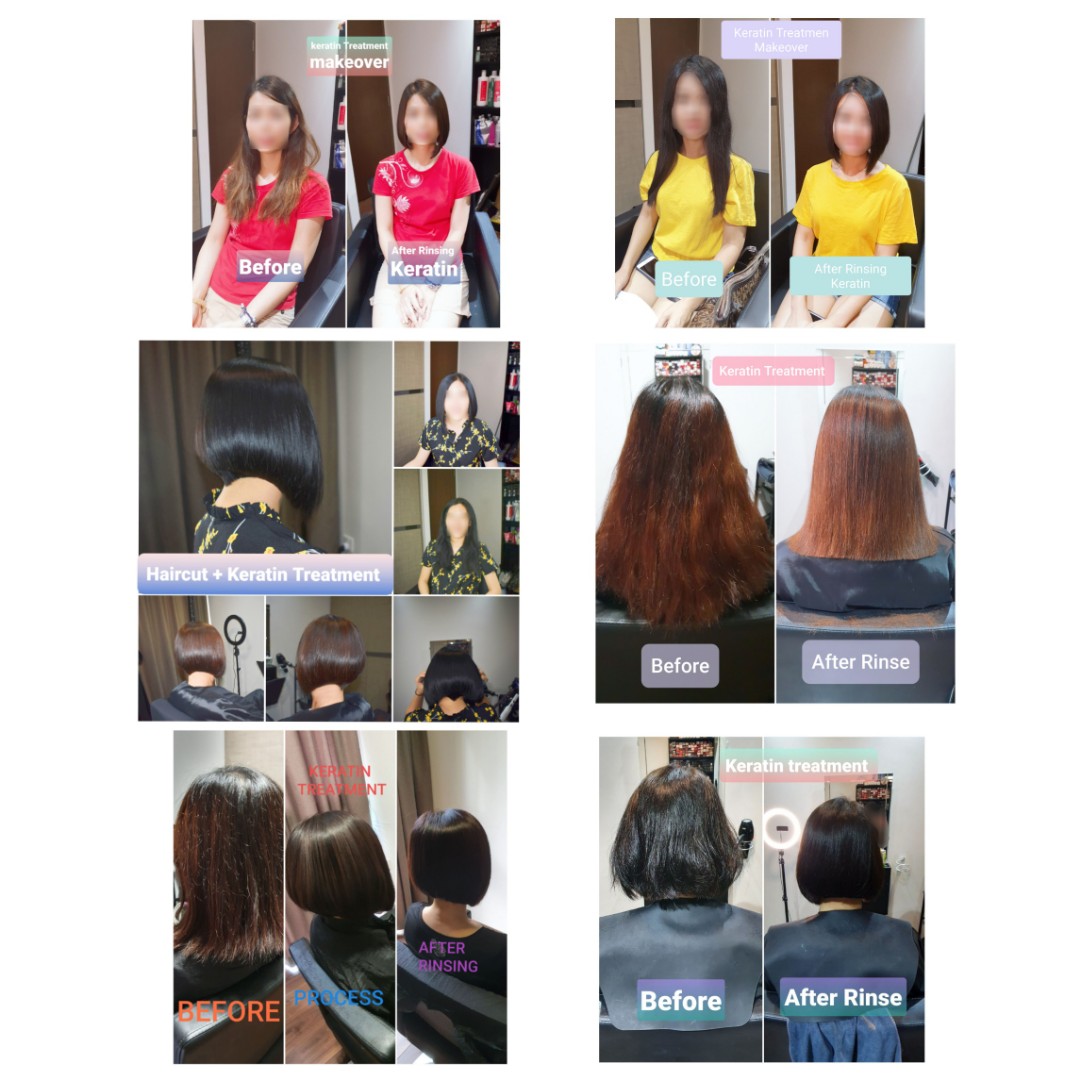Table Of Content

3D ultrasounds are a type of medical imaging technique that uses sound waves to create three-dimensional images of the developing fetus. The purpose of a 3D ultrasound is to provide a more detailed view of the baby’s facial features, organs, and overall development than traditional 2D ultrasounds. 5D ultrasound is commonly used during pregnancy to monitor fetal development and detect any potential health issues. It can also be used for gender determination and to create keepsake images and videos for parents.
Pregnancy Brain Moments? Let's Have a Laugh!
Unlike 2D and 3D ultrasounds that use sound waves to create images,4D ultrasounds can produce a live video of a baby. Asking to know how to tell if a baby has hair on ultrasound is just one out of the many questions that run through the mind of expectant parents. And this is what that curiosity is, what this article is here to satisfy. There is no evidence to suggest that a 3D ultrasound causes harm to the mother or the baby. However, it’s important to note that the long-term effects of repeated exposure to ultrasound waves are not yet fully understood. It’s recommended to limit the number of ultrasounds during pregnancy to only those that are medically necessary.
Is this Australia's longest haired baby? - Yahoo Finance Australia
Is this Australia's longest haired baby?.
Posted: Thu, 09 Feb 2017 08:00:00 GMT [source]
and 4D Ultrasounds
It is important to note that keepsake ultrasounds should not be used as a substitute for medical ultrasounds. While 3D/4D images can be a fun way to connect with the baby, they should not be relied upon for medical information or used to diagnose any potential complications. One of the primary benefits of 3D ultrasounds is the ability to see the baby’s facial features in more detail. This can be a very exciting experience for expectant parents, as they can see their baby’s face and get a better idea of what their child will look like.
🎁 Can hair be seen on 3D ultrasound images given as keepsakes?
The ultrasound procedure is typically performed by a skilled technician or sonographer who has been trained to operate the ultrasound equipment and interpret the images. The images are then reviewed by a trained professional, such as a radiologist or obstetrician, who will provide a report to the patient’s health care provider. The best time to get a 3D ultrasound is typically between 26 and 32 weeks of pregnancy. At this stage, the baby has developed enough fat under the skin to create more defined features, but is not yet so large that it is difficult to get a clear image. Like regular ultrasounds, 3D and 4D ultrasounds use sound waves to create an image of your baby in your womb. What's different is that 3D ultrasounds create a three-dimensional image of your baby, while 4D ultrasounds create a live video effect, like a movie -- you can watch your baby smile or yawn.
Is 26 Weeks Too Early?
You can start to see small facial hairs in the womb on an ultrasound at about halfway through pregnancy (20 weeks). Some babies will retain that head of hair when they’re born, but it quickly falls out after a few weeks or months, replaced by downy peach fuzz and eventually their regular hair. The reason in utero hair (lanugo) develops is to keep the baby warm, and around 30 to 32 weeks of gestation, just eight weeks away from your due date, your baby can lose that hair. This is because they’re gaining body fat, so they no longer need that wispy, downy soft lanugo.
Baby Hair On Ultrasound: What You Can Expect To See (& When)
A 3D ultrasound creates a still image of the baby, while a 4D ultrasound creates a moving image. The 4D ultrasound uses the same technology as the 3D ultrasound but adds real-time movement to the image. Healthcare providers, including obstetricians and gynecologists, often recommend a 3D ultrasound to their patients for various reasons. However, it is important to follow professional guidelines and recommendations to ensure the safety and efficacy of the procedure. It is important to prioritize medical ultrasounds for the health and well-being of both the mother and the baby. The images are then used to assess the health and development of the fetus, identify any potential complications, and monitor the progress of treatment.
When You Typically Get Ultrasounds During Pregnancy
Additionally, it is important to note that ultrasounds cannot detect individual strands of hair but rather only larger clumps of hair follicles. A 2D Doppler ultrasound is the most common and widely used prenatal imaging technique. It produces flat, two-dimensional, black-and-white images of your baby, showing its internal organs, bones, and overall outline. The Doppler component refers to the ultrasound’s ability to measure blood flow in the umbilical cord, the baby’s heart, and other blood vessels. This helps healthcare providers assess the health and well-being of your baby during pregnancy. 3D ultrasound is a medical imaging technique that uses sound waves to create a three-dimensional image of the baby in the womb.

Factors That Determine Whether A Baby Will Have Hair
The waiting, wondering, and guessing continue to be a part of the unique and personal journey of each parent-to-be. But remember, it’s more about the conditions during the ultrasound than the type itself. The term “5D ultrasound” is a marketing term used by some ultrasound providers to refer to a 3D ultrasound with added features such as color and movement. It is still possible to see if the baby has hair on a 3D ultrasound with added features. While premature babies may have some hair, it is often very fine and light in color, making it difficult to see on a 3D ultrasound. Additionally, premature babies may have less hair than full-term babies, as hair growth is one of the last things to develop in utero.
Patients who have a higher amount of body fat may experience more difficulty in obtaining clear images during an ultrasound procedure. Body fat can interfere with the ultrasound waves, making it difficult for the technician to obtain clear images. This is because ultrasound waves have a harder time penetrating fatty tissues compared to other types of tissues, such as muscle or bone.
Your baby’s hair will show up as thin white lines that look like a fuzzy halo on the top of the head. While 3D ultrasounds produce clear, three-dimensional still images of your baby, 4D ultrasounds take it one step further by capturing video. It is natural for expectant parents to be curious about when they will get ultrasounds during pregnancy. Ultrasounds are a safe method of viewing the baby, their development and even seeing details such as hair. Knowing when to expect an ultrasound during each trimester can help prepare both parents for what to expect throughout the pregnancy journey.
I’ll also add that hair looks nothing like the shadow you’re referring to in your 3D ultrasound. Therefore, knowing exactly what determines whether a baby has hair from conception is a far-fetched thought. A baby born into a family with lots of hair will likely have lots of hair, but sometimes, it turns out to be the other way around. The significant factors that determine whether a baby will have hair or not are genetics and hormones. This method is affordable and more likely to satisfy your curiosity about how to tell if a baby has hair on 3D ultrasound.
In general, hair on a 3D ultrasound may be visible if the baby has a significant amount of hair. However, the visibility of individual strands of hair can be difficult to determine, as the resolution of the ultrasound may not be high enough to show fine details. One common question that many expectant mothers have is whether they can see their baby’s hair on a 3D ultrasound. While it is possible to see hair on a 2D ultrasound, the visibility of hair on a 3D ultrasound can vary. It provides a more detailed view of the fetus and can help detect abnormalities that may not be visible in 2D ultrasound.
During a 3D ultrasound, the sonographer will be able to see the baby’s genital area and determine whether they are male or female. Studies have shown that there is no correlation between heartburn and the amount of hair a baby has. While heartburn is a common symptom of pregnancy, it is caused by the hormone progesterone, which relaxes the muscles in the esophagus and allows stomach acid to flow back up into the throat. It is important to note that ultrasound is not always 100% accurate in detecting abnormalities. Some abnormalities may be too small to be detected by ultrasound, while others may be obscured by other structures in the body. These abnormalities can be caused by a variety of factors, such as genetic disorders, infections, or injuries.
It is understandable why any parent would want to know if a baby has hair on 3d ultrasound. You’re simultaneously excited and curious, and sometimes you may even fantasize about how they’d look, what color of eyes they’d have, and what volume of hair and skin complexion. Hair growth patterns can be influenced by factors such as hormones, nutrition, and overall fetal development. If both parents have less hair or thinner hair, it’s more likely that their baby will be born with less hair as well. Lanugo and true baby hair are two different types of hair that infants can have during different stages of development. An old wives’ tale says that heartburn during pregnancy indicates that your baby will have a lot of hair.
It’s important to note that the amount and length of any visible hair are not necessarily indicative of how much hair your baby will have when he or she arrives. Still, it’s quite special for parents to see evidence that their little one is growing just as nature intended. There’s nothing quite like seeing your baby for the first time and discovering just how much they look like you. But even before you get to that moment, there’s something else that can be seen on the ultrasound – baby hair! In this article, I’m going to discuss why baby hair on ultrasound is so special and what it can mean for parents-to-be.




















